Top speed 556 km/h Wingspan 13 m First flight January 11, 1989 | Range 2,936 km Length 8.59 m | |
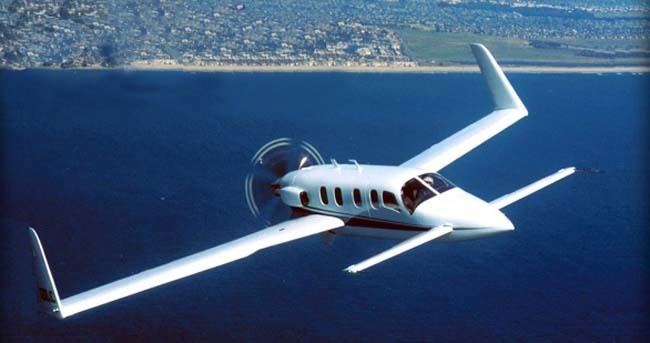 | ||
Unit cost 1,495,000–1,495,000 USD (2001) Engine type Pratt & Whitney Canada PT6 | ||
The AASI Jetcruzer was an American single turboprop light civil transport made by Advanced Aerodynamics and Structures Inc. The Jetcruzer had an unusual configuration, with a single turboprop engine driving a pusher propeller, a prominent canard, and fins mounted at the ends of its swept wings. The plane has seating for up to six people including the pilot. The Jetcruzer is noteworthy for being the first aircraft to have achieved a spin resistance certification from the United States FAA.
Contents
- Jetcruzer 450
- Jetcruzer 500
- Jetcruzer 650
- Stratocruzer 1250
- Plans
- Timeline
- Specifications Jetcruzer 500
- Bibliography
- References
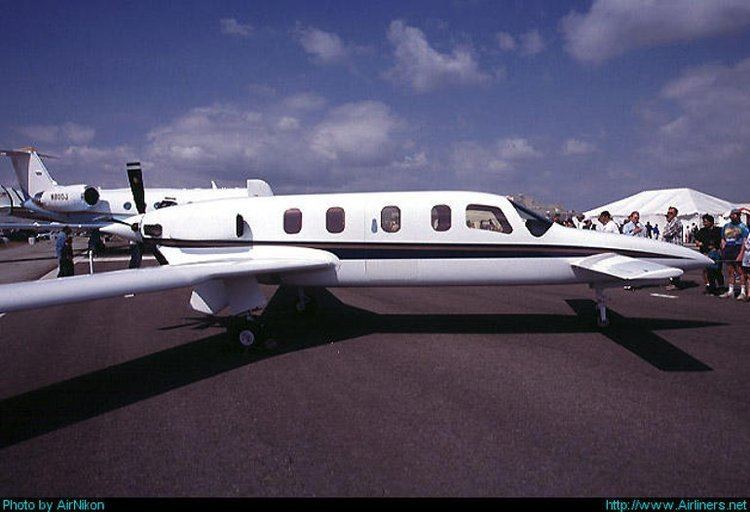
Jetcruzer 450

Design work on the Jetcruzer commenced in March 1983, with prototype construction starting in 1988. The Allison 250-C20S prototype first flew on January 11, 1989. This initial version, designated the Jetcruzer 450 seated six people (including the pilot). It gained an FAA type certification on June 14, 1994. Three prototypes were built, but AASI chose not to market this aircraft, in order to focus on more advanced versions. A spin recovery system for use in the flight test program was designed for the aircraft by Butler Parachute Systems which also worked on one for the Sino Swearingen SJ-30.
Jetcruzer 500

The first version developed from the 450 was the Jetcruzer 500, a slightly stretched version powered by a Pratt & Whitney Canada PT6A-66A featuring cabin pressurization. Two of the model 450 prototypes were converted to this configuration, and first flew in this form on August 22, 1997. This was the version selected for production, and at one point, AASI had orders for some 200 aircraft at $US 1.6 million each. A military version, the ML-2 had also been offered, as well as a UAV, the ML-1.

None of these orders would be filled, however, as the Jetcruzer 500 remained uncertified and its development slowly stagnated. Specific problems with the aircraft's noise, high stall speed, and center of gravity were not overcome before all work on it was suspended in 2002. Nearly 20 years of work had still not resulted in a marketable aircraft.
Jetcruzer 650
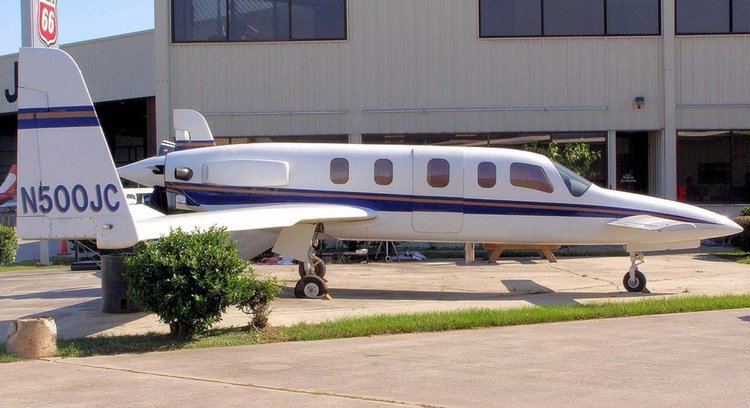
In December 1992, construction work began on the prototype of an even larger variant, the Jetcruzer 650, which was to seat up to thirteen. This was quickly abandoned as the company's financial problems required resources to be focused on the 500. A military version would have been the ML-4
Stratocruzer 1250
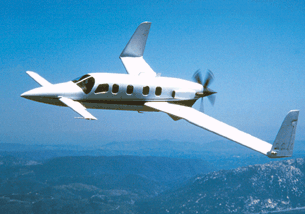
Similarly, a turbofan-powered version was planned as the Stratocruzer 1250, but never left the drawing board. Design work had started in September 1991 to provide a business jet with intercontinental range. A military version, the ML-5 intended for surveillance duties, was also planned. Work was abandoned after AASI failed to attract financial backers for the project in 1995.
Plans
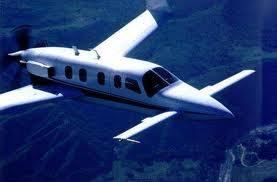
In November 2003, AASI (by now, MASG) offered the entire Jetcruzer project for auction, and sold it to Innova Aircraft in February 2004. Shortly after the purchase, Innova announced its intentions of offering a new version of the aircraft in kit form, marketed by a new subsidiary, Jetcruzer LLC. This will feature a modified wing to overcome the problems faced by the Jetcruzer 500, and will be powered by a pair of Pratt & Whitney Canada JT15D turbofans. It was expected to fly by late 2004 or early 2005.
Timeline
Jetcruzer 500 development:
Specifications (Jetcruzer 500)
General characteristics
Performance
